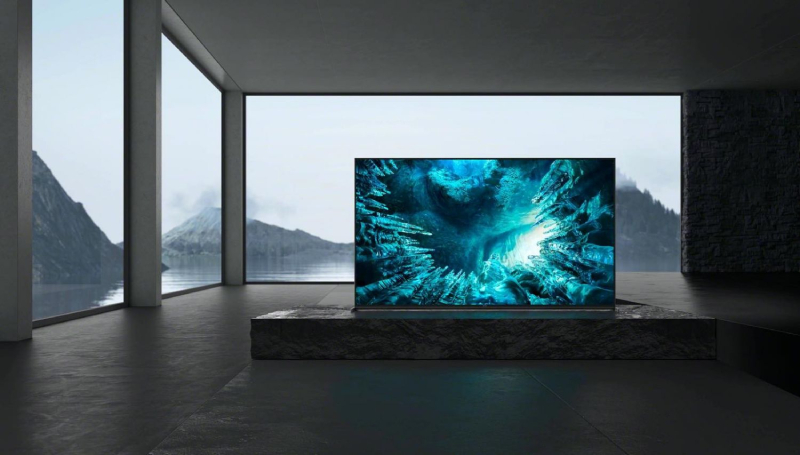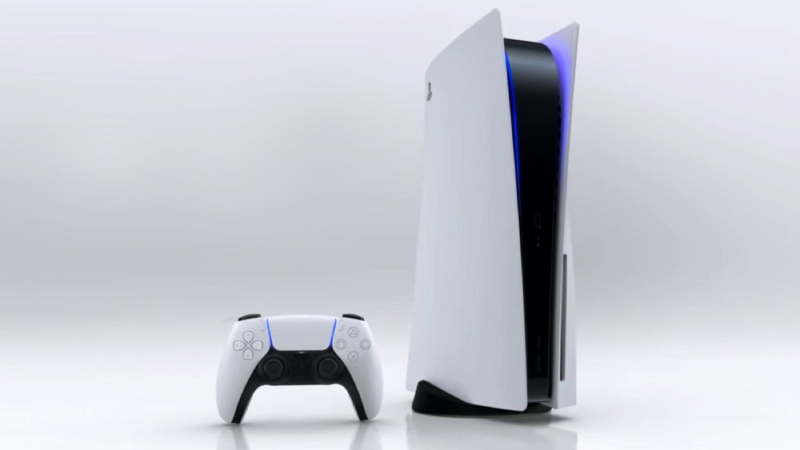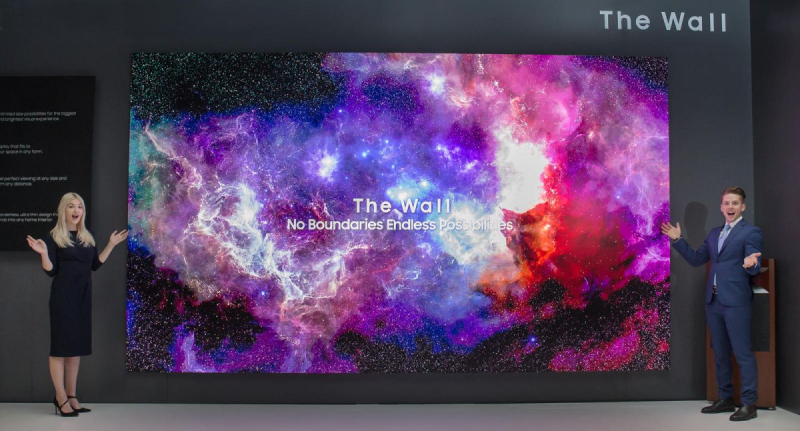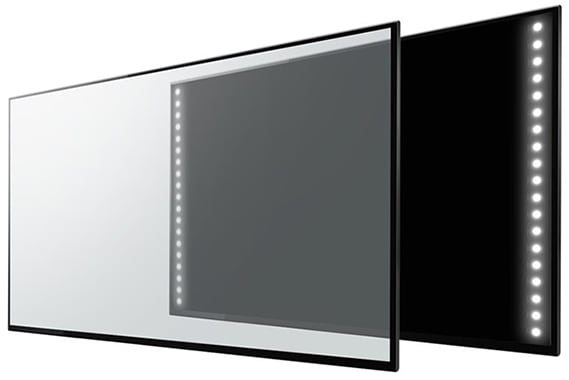Features and acronyms you should know if you’re getting a new TV in 2022

It can be difficult to shop for a TV in 2022. After all, there are so many acronyms, so many different types of HD, and an onslaught of features that one needs to decipher.
Here, we will explain the features and acronyms so that you can understand what these terms and features actually mean.

This means "auto low latency mode". This is useful for the console gamer, and will lower input lag automatically when it detects that the user is playing a game.
This is important because when gaming, the time it takes for a button press to translate into action can be the difference between victory and defeat. By automatically switching to a low latency mode, the TV optimises gameplay experience.

This is an audio technology that achieves a surround sound effect through height channels.
Simply put, it lets users hear sounds all around them, improving immersion over a simple system where sound obviously comes out from just a single direction.

This means "enhanced audio return channel".
It is usually labelled on one of the TV's HDMI ports. This is the port for the soundbar or home theatre system, as it allows uncompressed, immersive Dolby Atmos surround sound to be transmitted.
This avoids certain audio compressions and degradation and lets users hear the sound as intended.

Variable refresh rate lets games on the latest consoles, the PlayStation 5 and Xbox Series X/S, to run at up to 120Hz refresh rate for a smooth gaming experience.
It will also iron out any drops in frame rate so that they are rendered pretty much unnoticeable. This is a feature that gamers who want the best graphics running at the fastest speed will want in their TVs.

What HDMI 2.1 can do is impressive, including the above-mentioned ALLM and VRR. However, it is best for those looking to buy a TV to look at specific features that the TV has, instead of relying on HDMI 2.1 as a shorthand.
This is because some devices claim to support HDMI 2.1 features without actually doing so. Thus, it is better to zoom in on features that one cares about instead of counting on an unreliable marker.

High dynamic range is a feature that makes colours pop while providing much brighter highlights.
There's a variety of formats, such as HDR 10, HDR10 Plus, and Dolby Vision that all strive to optimise colours showing on screen. This is a feature that is pretty much a staple for a TV in 2022 due to the way it improves the visuals.

OLED stands for "organic light-emitting diode", and is an acronym that's associated with the best TVs in recent years.
This is due to how the self-emissive pixels do away with the need for backlight, allowing for high contrast and great viewing angles.
However, it still can't beat LCD TVs in overall brightness, and the issue of permanent burn-in hasn't yet been fully resolved.

QD-OLED was introduced to the world in CES 2022, and QD-OLED displays are made by Samsung, offering a more efficient approach to OLED technology, resulting in better overall brightness and viewing angles.
This can be seen as an incremental improvement over OLED.

The MicroLED technology is Samsung's improvement over regular OLED. It captures the strength of OLED while doing away with most of the drawbacks.
However, the technology is still very new, and thus extremely costly.

Mini LEDs shrink the size of LEDs used in LCD TVs, thus allowing for more of them to be included in the backlight array.
This leads to more precise contrast and less blooming, which is when bright objects and text on screen have a glow of halo around them.

8K resolution means that an image or video has a width of about 8,000 pixels. The biggest issue is that while the technology to support 8K resolution content is here, there just isn't enough 8K content out there yet.
8K is an improvement, but one that is still waiting for the entertainment industry to catch up.

This may sound fancy, but what it means is that LEDS are set around the perimeter of the TV instead of behind it.
This leads to a lack of uniform lighting, mediocre black levels, and just worse picture quality overall. Sure, it can make for a low cost big TV, but it comes with rather significant compromises.
So here are the TV buzzwords explained for those looking to get a new display in 2022.
Ultimately, what matters is that you know what you're looking for in a TV (we loved the LG C1), and which of these terms and technology cater to those needs.
READ MORE: Sony reveals world's first QD-OLED 4K TV; optimised for PlayStation 5
This article was first published in Geek Culture.